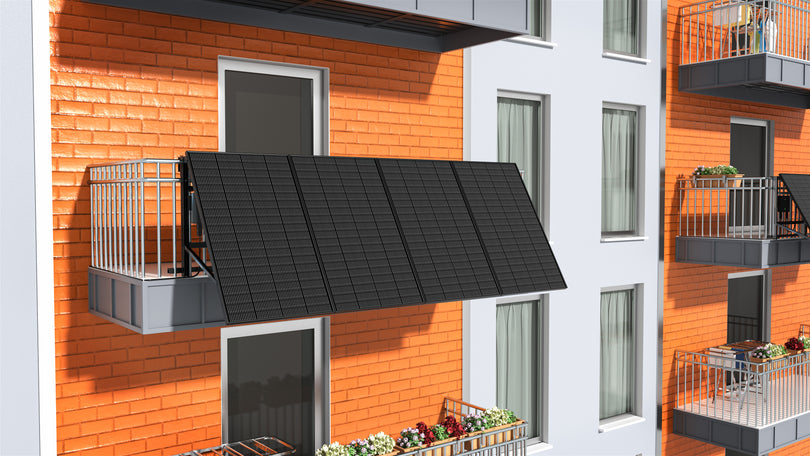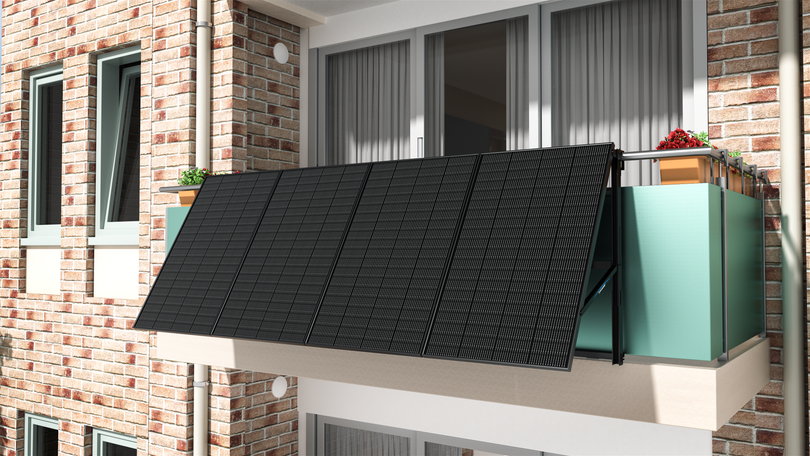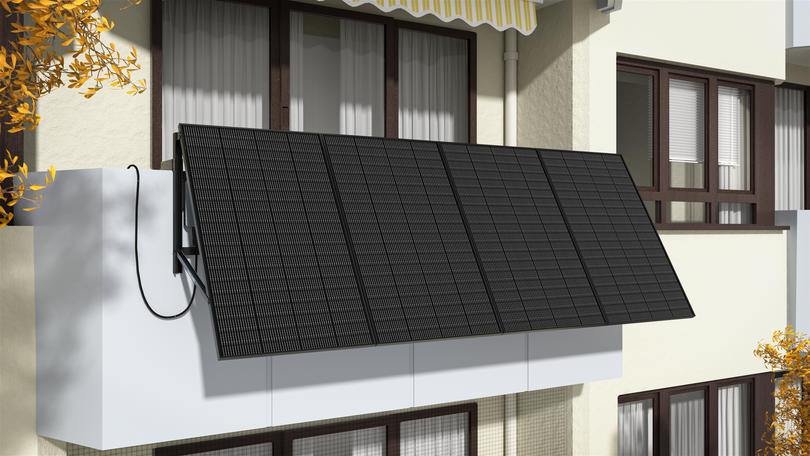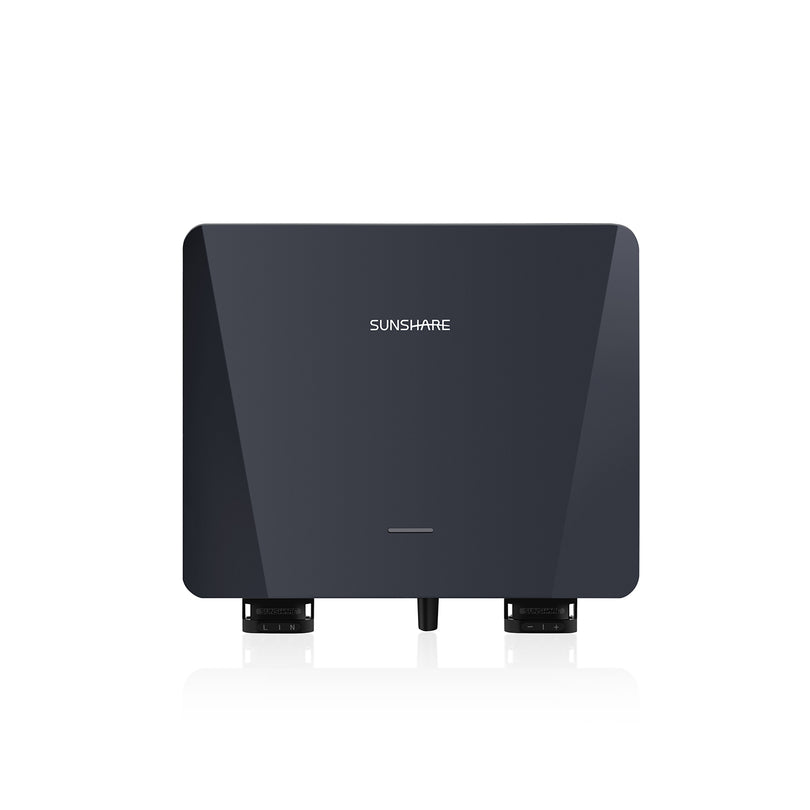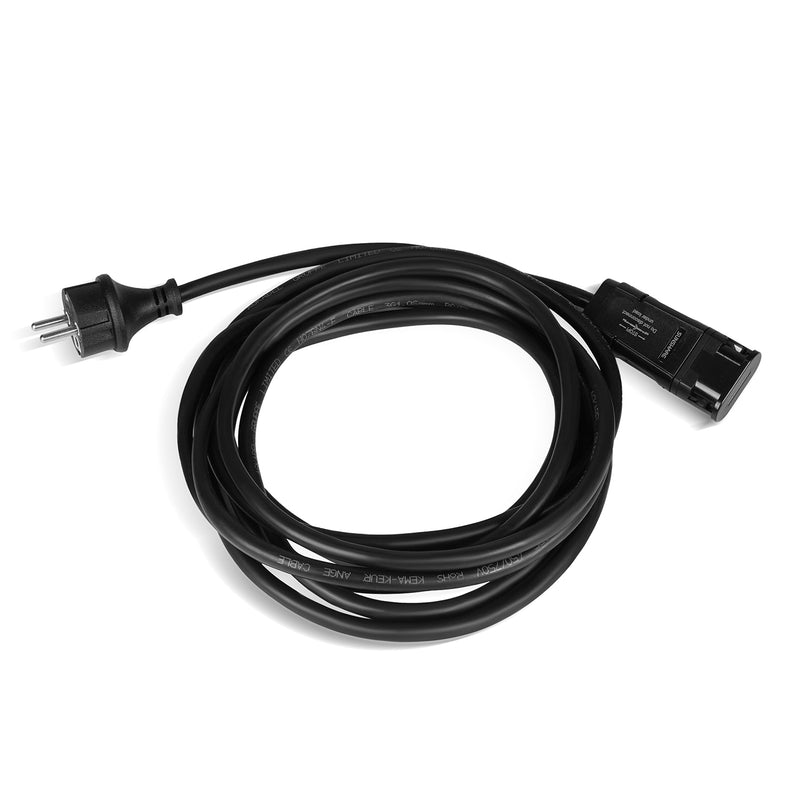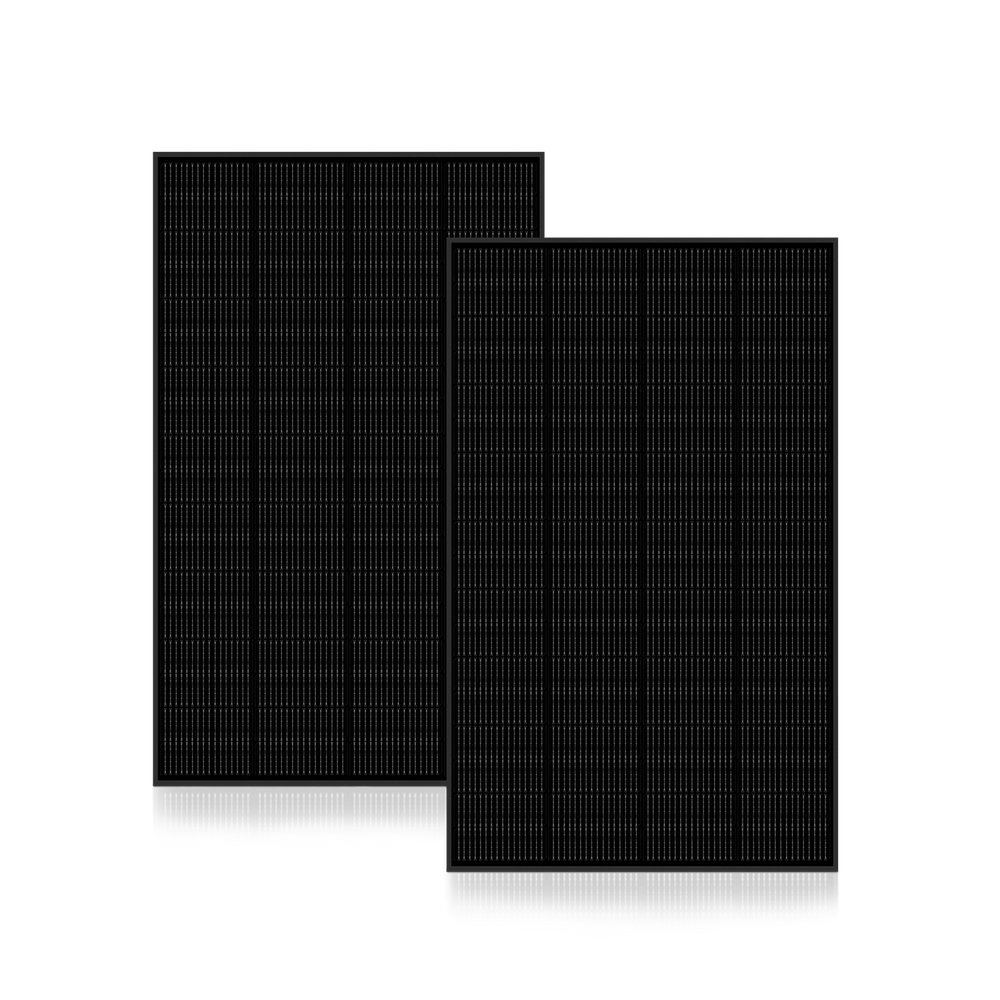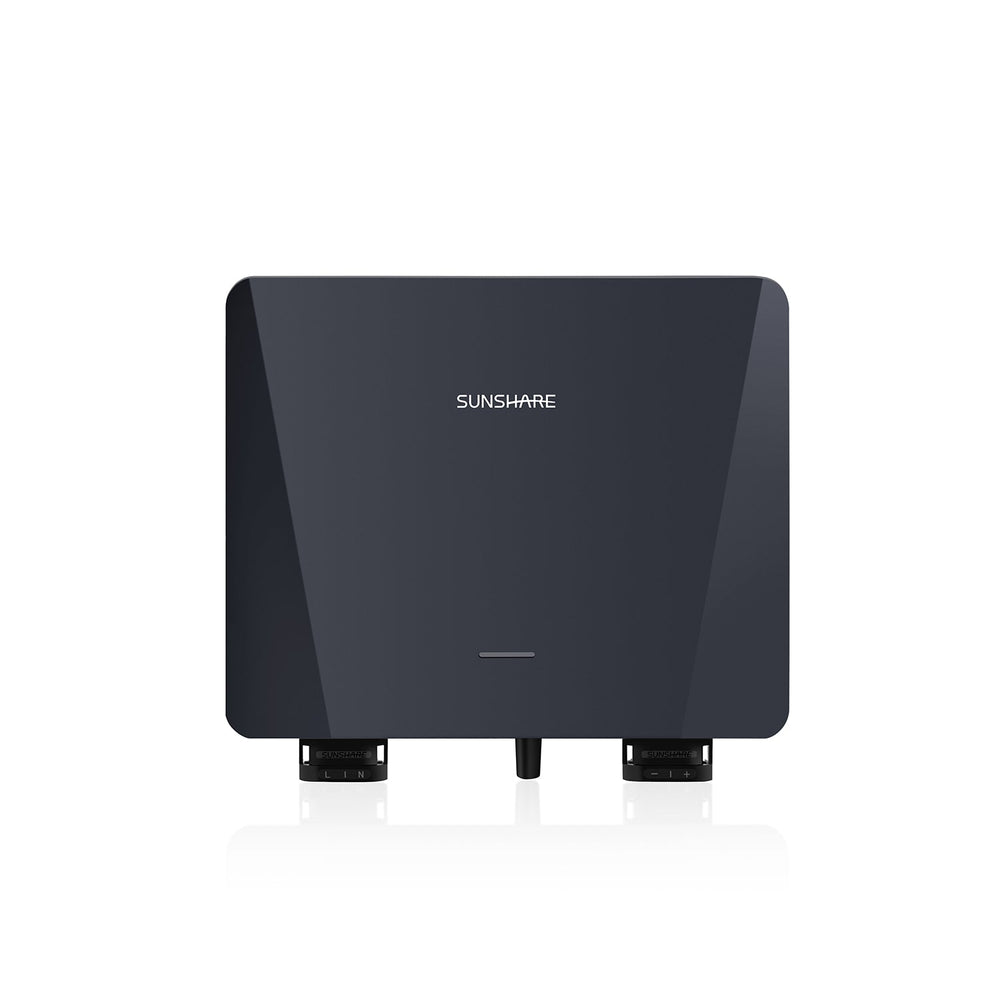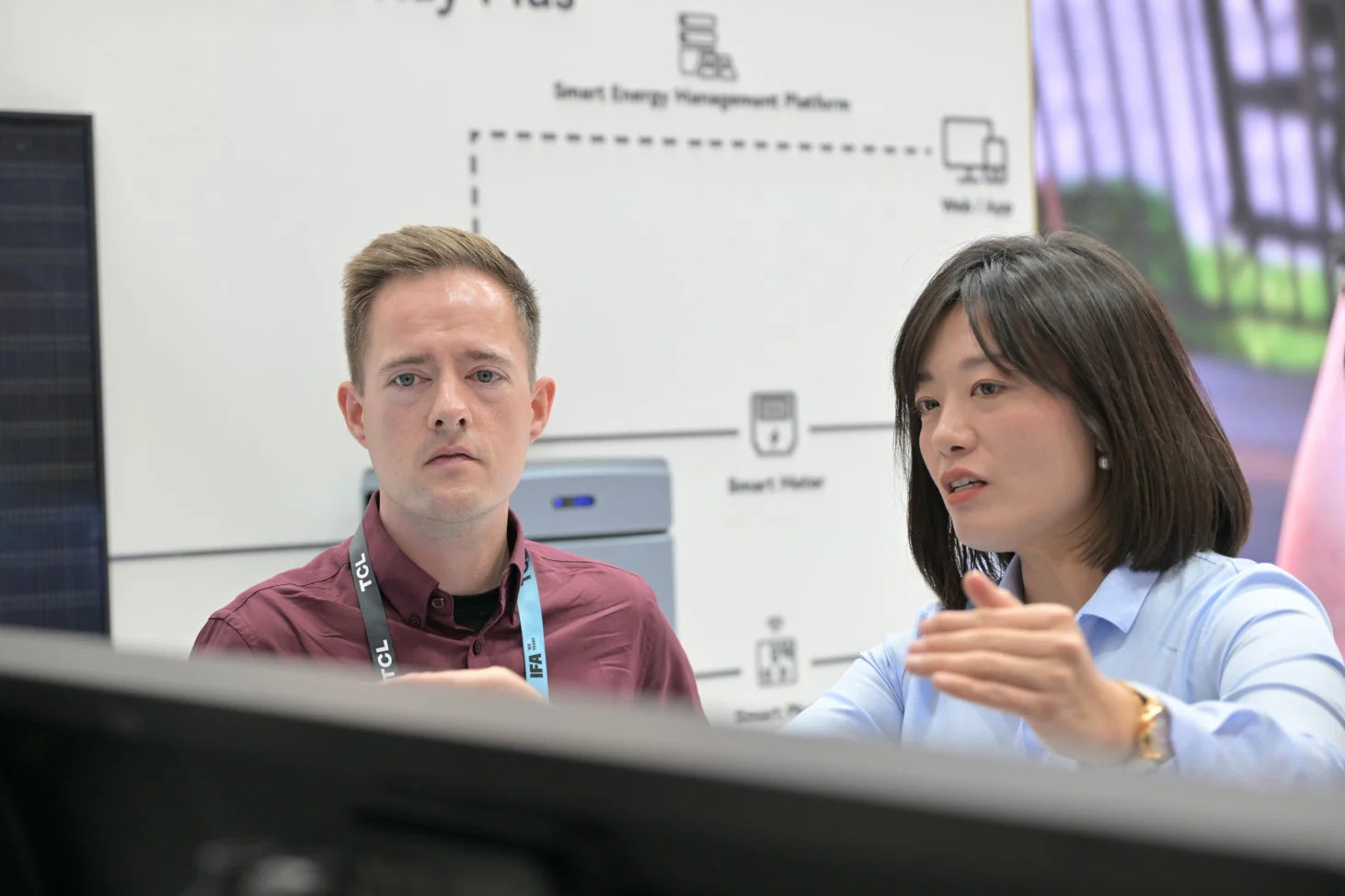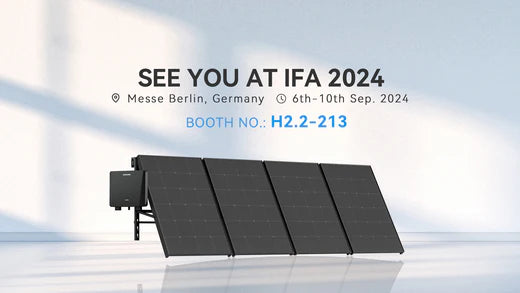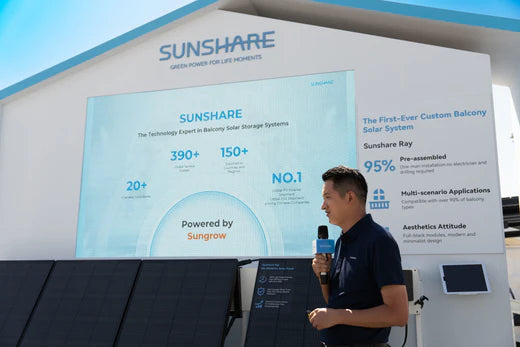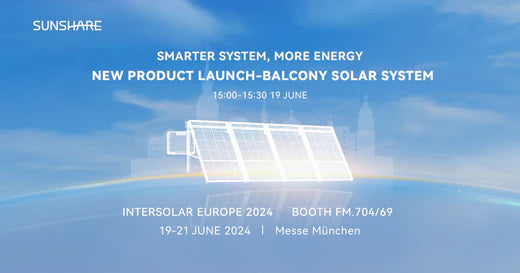Learn about the photovoltaic industry in 5 minutes!
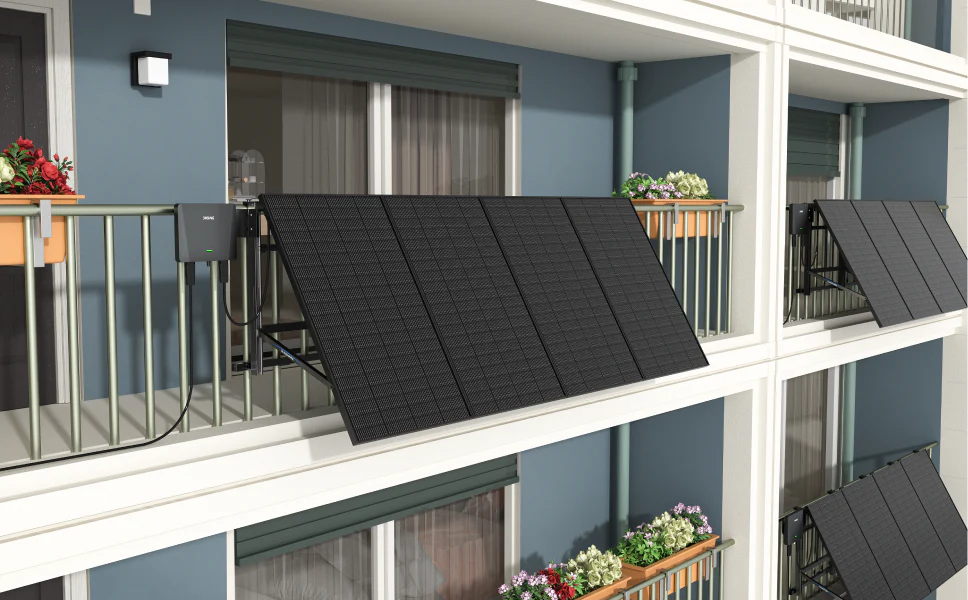
Solar photovoltaic system, also known as photovoltaic, refers to the use of photovoltaic semiconductor materials photovoltaic effect and the conversion of solar energy into direct current energy systems. The core of the photovoltaic system is solar panels. At present, the semiconductor materials mainly used for power generation are: monocrystalline silicon, polysilicon, amorphous silicon and cadmium telluride. As countries actively promote the application of renewable energy in recent years, the photovoltaic industry is developing very rapidly.
Since 2010, photovoltaics have been deployed in hundreds of countries around the world. Although their electricity generation capacity still represents only a small part of humanity's total electricity consumption, the amount of photovoltaic electricity connected to the grid has increased by an average of 60% per year since 2004. In 2009, the total electricity generation capacity had reached 21 GW. By the end of 2021, the cumulative installed capacity of PV in the world will be 940 GW (of which the cumulative installed capacity of PV in Asia-Pacific is 547.7 GW, accounting for 58% of the global total; the cumulative installed capacity in Europe is 205.4 GW, accounting for 22% of the global total; the cumulative installed capacity of photovoltaics in the Americas is 161.8 GW, accounting for 17% of the global total; the cumulative installed capacity of photovoltaics in the Middle East and Africa is 25.1 GW (2.7%), which is currently the fastest growing energy source. It is estimated that the current capacity of photovoltaic systems that were not connected to the grid in 2009 is about 3 to 4 GW.
The photovoltaic system can be installed on the surface on a large scale to form a photovoltaic power station, and can also be placed on the roof or external wall of the building to form a photovoltaic building integration.
Since the advent of solar cells, continuous advances in the use of materials and technologies, as well as the development and maturity of the manufacturing industry, have led to the prices of photovoltaic systems becoming more and more affordable [4]. In addition, many countries invest a lot of money in research and development to improve the conversion efficiency of photovoltaics and provide financial support to manufacturing companies. More importantly, policies such as feed-in tariffs and renewable energy share standards have greatly promoted the widespread application of photovoltaics in various countries.
Note: The above data comes from Wikipedia.

